The magnificent fox face (Siganus magnificus) is a visually striking marine fish known for its vibrant colouration and unique features. It can grow up to a maximum size of around 10 inches (25 centimetres). This species has an elongated body shape with a compressed profile and prominent spines on its dorsal and anal fins. The magnificent foxface displays a beautiful combination of bright colours. Its scales are small and densely set, giving it a smooth and sleek appearance.
Taxonomy
The magnificent fox face belongs to the genus Siganus and the family Siganidae. Siganus is a genus of marine fish commonly known as rabbitfish. The family Siganidae consists of approximately 30 species, and they are primarily found in the Indo-Pacific region. The closest relatives of the magnificent fox face within the genus Siganus include other fox face rabbitfish species, such as the black spot foxface (Siganus unimaculatus) and the blotched foxface (Siganus unimaculatus). The genus name Siganus is derived from the Greek word “sigano,” meaning “rabbit,” due to the rabbit-like shape of these fish.
Natural Habitat
The magnificent fox face (Siganus magnificus) is typically found in coral reef ecosystems in tropical and subtropical waters. Its natural habitat is characterized by vibrant and diverse coral formations, rocky areas, and sandy substrates. These underwater environments provide abundant hiding spots, such as crevices and caves, where the magnificent fox face can seek shelter when feeling threatened. The habitat is rich in various species of corals, invertebrates, and other marine organisms.
Keeping the Magnificent Fox face Healthy
The care level for the magnificent foxface is moderate, making it suitable for intermediate-level aquarists. Providing a well-maintained aquarium environment is essential for their health and well-being. It is recommended to maintain stable water conditions, with a temperature range of 74-80°F (23-27°C) and a salinity level of 1.022-1.025 specific gravity. Regular water quality checks, including monitoring pH and ammonia levels, are crucial to ensure optimal conditions.
Special Requirements and Feeding
The magnificent fox face has an herbivorous diet and requires a varied and balanced nutritional intake. It primarily feeds on filamentous algae, including various types of seaweed and macroalgae. Offering a mix of high-quality commercial foods designed for herbivorous marine fish, such as algae-based pellets and flakes, is recommended. Supplementing their diet with fresh vegetables, like blanched spinach or seaweed sheets, helps mimic their natural feeding habits and provides essential nutrients.
How Many Should I Keep?
When considering the magnificent fox face, it is recommended to keep only one specimen per tank due to their territorial nature. They can become aggressive towards conspecifics (same species) and other similar-looking fish, especially when establishing their territory. However, they can coexist with other peaceful fish species, such as tangs, wrasses, and clownfish, in a well-sized aquarium with ample hiding places.
Lighting Preference
The magnificent foxface prefers moderate to bright lighting conditions in the aquarium. Mimicking natural sunlight by using full-spectrum reef lighting systems is beneficial for the overall health and coloration of this species. Adequate lighting also promotes the growth of algae, which serves as a natural food source for the magnificent fox face.
Suitable Tank Mates
The magnificent fox face can cohabitate with a variety of compatible tank mates. Peaceful and non-aggressive fish species that inhabit different water levels, such as damselfish, gobies, and cardinalfish, make suitable companions.
Reproduction in the Wild
In the wild, the magnificent foxface (Siganus magnificus) engages in reproductive activities to ensure the continuation of its species. The exact details of its reproductive behaviour in the wild are not extensively documented. However, like other rabbitfish species, it is believed that the magnificent fox face follows a similar reproductive pattern. During the breeding season, which may vary depending on geographical location, male and female magnificent foxfaces engage in courtship behaviours to initiate the spawning process. Spawning typically involves the release of gametes into the water column for fertilization.
Breeding Siganus magnificus
Breeding the magnificent fox face (Siganus magnificus) in a controlled aquarium environment can be challenging but rewarding. Here is a detailed overview of the breeding process:
To create an ideal breeding environment, provide a spacious aquarium with a minimum size of 100 gallons. Use a well-established reef tank with stable water parameters. Install appropriate lighting to mimic natural conditions and provide hiding spots, such as PVC pipes or live rock, for the fish to spawn and seek refuge.
Introduce a well-conditioned pair of magnificent foxfaces to the breeding tank. The male will display courtship behaviours, such as increased activity and vibrant coloration, to attract the female. Once courtship is successful, spawning occurs, with the male and female swimming closely together in synchronized movements. The female releases eggs into the water column, while the male simultaneously releases sperm for fertilization to occur.
After spawning, it is essential to remove the adult fish from the breeding tank, as they may consume the eggs. The fertilized eggs, which are buoyant, will float in the water column. Provide gentle water flow to keep the eggs suspended. After hatching, the larvae will go through a pelagic stage and gradually develop into juveniles. It is crucial to provide appropriate larval food, such as rotifers and copepods, to support their growth and survival.
Sexual Dimorphism
Sexual dimorphism in the magnificent foxface (Siganus magnificus) is not highly pronounced. However, during the spawning season, males may exhibit more vibrant coloration and increased activity levels compared to females. Females may appear slightly plumper due to the presence of eggs.
Distribution
The magnificent fox face, Siganus magnificus, is native to the Indo-Pacific region. While captive-bred and line-bred strains of the magnificent fox face may be available in the aquarium trade, the original fish typically originate from the wild populations of the Indo-Pacific region, including areas such as the Great Barrier Reef and surrounding regions.
Receiving Magnificent Fox Face via specialist licensed livestock courier.
When it comes to showing distress, some fish don’t let on, while others wear their heart on their sleeves. The Magnificent Fox Face, is one of those more dramatic fish.
Here at the Abyss, we pride ourselves on our reputation for providing healthy livestock, that are well accustomed to life in the home aquarium. We have a very rigorous process for preparing our livestock for sale and a thorough packing process to help ensure our customers receive fish to be proud of. When it comes to shipping out, no expense is spared to ensure the safety and comfort of our stock while they are on the way to you.
Even so, It is important to remember that, being brought home the same day from your local fish store, is a very different experience from being sealed in complete and true darkness and travelling overnight. For example, the simple action of lifting your new pet into a lit environment, from the pitch black can be a shock to them. Remember, they don’t have eye lids to shield themselves.
As a result, it is entirely likely you may see some species demonstrate odd behaviour or strange patterns. These are all natural behaviours for this fish. Either by being basic responses (ie, breathing faster due to increased heart rate), or an adaptation to help aid survival in the wild (ie, colour change to help camouflage, showing off defensive attributes by way of warning). There are some people that may find this alarming. Especially if new to receiving fish via a specialized licensed courier service, or are new to Fox Faces, so below are somethings you may encounter on delivery.
If you see your Fox Face:
- Heavy breathing,
- Dorsal spines erected,
- lying on its side,
- lying on the side with tail curled,
- displaying darker colours,
- displaying a mottled, or striped pattern,
Do not panic! Follow the instructions in the guarantee provided. Get in touch if you are concerned. If you give your Magnificent Fox Face the space it needs to settle in and adjust, It will be back to its normal self soon.
Summary
The magnificent foxface (Siganus magnificus) is a visually stunning marine fish known for its vibrant colours and unique features. This species engages in reproductive activities in the wild, where spawning occurs through the release of gametes into the water column. Breeding the magnificent fox face in a controlled aquarium environment requires proper setup, courtship behaviours, and the provision of optimal conditions for egg fertilization and larval rearing. Sexual dimorphism is not highly pronounced in this species. The magnificent fox face is native to the Indo-Pacific region and can be found in various areas, including the Great Barrier Reef.
Dry Goods Delivery.
The store has provided information regarding their order dispatch and estimated delivery times. Here are the key details:
- Dispatch Timeframe: Orders placed before 2pm will be dispatched on the same day. Orders placed after 2pm will be dispatched on the next working day.
- Delivery Date and Time Guarantee: While the store aims to dispatch orders promptly, they cannot guarantee a specific delivery date and time. As the delivery process relies on couriers, there may be factors beyond their control that could affect the delivery timeframe.
- 1st Class Mail: For orders sent via 1st Class mail, the aim is to have them delivered on the next working day after dispatch.
- 2nd Class Mail: Orders sent via 2nd Class mail typically take approximately 2-3 working days for delivery after dispatch.
- APC Next Day Delivery: APC Next Day delivery is available for UK mainland postcodes. It is usually delivered on the next working day after dispatch. However, please note that items being delivered to more remote areas may require additional time for delivery.
It’s important to keep in mind that while the store strives to provide efficient delivery services, unforeseen circumstances or external factors could potentially impact delivery times. For further details or specific inquiries about delivery, customers should refer to the store’s terms and conditions or contact the store directly.
Livestock Delivery.
The store maintains specific policies regarding the delivery of livestock. Here are the key points:
- Licensed Livestock Courier: The store exclusively uses a licensed livestock courier for shipping fish and coral. This approach is chosen to ensure responsible and ethical transportation of the livestock.
- Livestock Shipping Fee: The livestock shipping fee charged to customers of £19.99 does not cover the true cost, and therefore, there is a minimum spend requirement of £30.00 before the option for livestock shipping becomes available.
- Pre-Arranged Delivery: The store never ships livestock without first arranging a suitable delivery day. Before dispatching the livestock, the store must confirm the agreed-upon delivery day with the customer.
- Saturday Delivery Confirmation: Customers who choose Saturday delivery must have their availability confirmed for the upcoming Saturday before the store sends out the livestock. This confirmation ensures that the livestock can be received promptly.
- Failure to wait for livestock: Not waiting for livestock, even if there is a reasonable delay, or cancelling an order after it has been dispatched will lead to you incurring charges for an emergency return to the base. Additionally, any losses of livestock will also be charged to you. Please be aware that the items you are ordering are living creatures – livestock. We kindly ask that you refrain from ordering livestock if you are unable to accommodate the possibility of a delayed delivery.
These terms and conditions are a fundamental aspect of our policy. Our primary goal is to dissuade individuals who could react negatively to a delayed delivery and subsequently request order cancellations. It is of utmost importance to underscore that your order pertains to living creatures, not mere inanimate objects. In the event of an occasional delay, it is crucial that you respond in a rational and responsible manner, taking into account the welfare of the livestock. We kindly request that you refrain from placing an order for livestock if you tend to react strongly to such situations. By proceeding with the order of livestock, you indicate your acceptance and agreement to abide by these specified terms and conditions.
- Signature Requirement: Livestock deliveries require a signature upon receipt and cannot be left in a safe location. This precaution ensures proper handling and the well-being of the livestock.
- Geographic Restrictions: The courier has strict geographic restrictions for livestock deliveries. Unfortunately, deliveries to Northern Ireland, Republic of Ireland, Isle of Man, Isles of Scilly, Channel Islands, and certain Scottish offshore postcodes may not be possible. Customers are encouraged to contact the store via email to confirm if livestock delivery is available in their area.
- Minimum Order Value and Order Cancellations: The store has a minimum order value of £30 for livestock shipping. Additionally, the store reserves the right to cancel orders that are deemed high-risk or involve a high number of single tropical freshwater fish species.
It is essential for customers to familiarize themselves with these policies before making a purchase. For more detailed information or specific inquiries, customers should consult the store’s terms and conditions or reach out to the store directly for clarification.
Livestock Geographical Exemptions.
The store has specific geographical exemptions for livestock deliveries. Here is a list of the areas and postcodes where livestock delivery is not available:
- Islands: Livestock cannot be delivered to the Shetlands, Channel Islands, and Isle of Man.
- Postcodes: Livestock delivery is not available to the following postcodes:
- AB30 to AB39, AB41 to AB45, AB51 to AB56
- DD8 to DD10
- BT all
- DG3 to DG9, DG12 to DG14
- KA18 to KA19, KA26, KA29 to KA30
- HS all
- IM all
- JE all
- ZE all
- KW15 to KW17
- TD9
- FK17 to FK21
- GY all
- KA26, to KA28
- PA20 to PA38, PA41 to PA49, PA60 to PA61, PA76 to PA78
- TR21, to TR25
- PH3 to PH26, PH30 to PH44
- IV all
Customers residing in these areas should be aware that livestock delivery is not available to their location.
We can ship livestock to the Isle of Wight, this area is subject to a surcharge.
For further information or specific inquiries about livestock delivery to a particular area, customers are advised to contact the store directly for clarification.
Cancellation.
According to the store’s policy, customers have the right to cancel an order within 14 working days of receiving the goods. To initiate the cancellation, the goods must be returned to the store in new and unused condition, adhering to their Returns Policy.
Important points regarding the return process are as follows:
- Return Condition: The goods must be returned in new and unused condition, as originally received. It is important to ensure that the goods are in the same condition as when they were sent out.
- Return Timeframe: The goods must be received by the store within 21 days of notifying them about the cancellation. During this time, customers are responsible for any loss or damage that may occur during the return shipping process.
- Refund Process: Once the store receives the goods in new and unused condition, they will initiate the refund process. The purchase price will be refunded to the customer.
- Return Condition Inspection: If the returned goods arrive in a condition that is less than what they were sent out in, the store reserves the right to return the goods to the customer, and no refund will be processed.
It is essential for customers to carefully review the store’s Returns Policy and follow the specified procedures to ensure a smooth and successful return and refund process. For more detailed information or specific inquiries, customers should consult the store’s terms and conditions or contact the store directly.
Returns.
According to the store’s return policy, the following guidelines should be followed for returning goods:
- Use Returns Form: Customers need to use the store’s provided returns form to initiate the return process. This form helps the store acknowledge that the goods are being sent back.
- Return for Testing: If the goods are being returned for testing, the customer is responsible for covering the return shipping expenses.
- Refund of Postage Fees: The store will only refund postage fees if the order arrives damaged or becomes faulty within the first 4 weeks of purchase. Proof of posting is important, and customers should ensure the goods are well-packed and obtain proof of posting as the goods remain their responsibility until received by the store.
- Refund of Postage Costs for Replacement: If goods are being returned within 7 days of purchase under the Replacement Policy, the store can refund postage costs. However, the customer needs to agree on a delivery service with the store in advance, and only standard or tracked shipping fees will be refunded. The store cannot refund the cost of any special delivery service.
- Non-Refundable Postage: Postage costs for goods returned for any other reason than those mentioned above are non-refundable. The store reserves the right to deduct the original postage cost from any applicable refund.
- Mistaken Purchases: If a customer has made a mistake in their purchase, they need to return the goods to the store. The customer is responsible for the return shipping costs in such cases.
It is important for customers to carefully follow the store’s return procedures and terms and conditions. For further details or specific inquiries, customers should refer to the store’s website or contact the store directly.
Replacements
If customers receive faulty goods, the following guidelines apply according to the store’s policy:
- Notification of Faulty Goods: Customers must notify the store within 7 working days if they receive faulty goods. This notification should be made as soon as possible.
- Replacement Parts: If possible, the store will dispatch replacement parts for the faulty goods.
- Return of Goods: If replacement parts are not possible, the store may request customers to return the faulty goods in accordance with their Returns Policy. The specific return procedures and conditions should be followed.
- Verification of Damage: Once the store receives the returned goods, they will verify the damage. If the damage is confirmed, the store will supply the required replacements.
- Return Postage Costs: If the goods returned to the store are found to be in good working order, the store is not able to refund the return postage costs. Additionally, the store reserves the right to deduct their original postage cost from any applicable refund.
- Consequential Loss or Damage: The store cannot take responsibility for any consequential loss or damage that arises directly or indirectly from the goods supplied.
Customers should carefully review and adhere to the store’s Returns Policy and procedures for returning faulty goods. For further clarification or specific inquiries, customers should consult the store’s terms and conditions or contact the store directly.
Manufacturer’s Guarantees
The store works in collaboration with manufacturers to ensure that their guarantees are honored, and they make their best efforts to resolve issues within the warranty period. The following guidelines apply to refunds and replacements:
- Postage Costs under Manufacturer’s Guarantee: Postage costs can only be refunded if the goods are returned to the store within 7 days of the original purchase, as per the manufacturer’s guarantee.
- Refund of Postage Costs for Faulty Goods: The store will refund postage costs for guarantee/warranty returns only if the product becomes faulty within the first 4 weeks of receipt.
- Replacements with Manufacturer Authorization: Replacements, whether parts or goods, can only be offered when authorized by the manufacturer. Customers should contact the store for further guidance in such cases.
- Prior Approval for Returns: Goods should not be returned to the store without prior approval. Customers need to contact the store and obtain approval before returning any items.
- Replacement of Glass or Ceramic Items: Glass or ceramic items can only be replaced if the store is notified within 48 hours of receiving the delivery.
- Replacement of Glass Bulbs/Tubes: Glass bulbs or tubes can only be replaced if they become faulty within 14 days.
Customers should note and adhere to these guidelines to ensure a smooth and efficient resolution of any issues with their purchased items. For specific inquiries or further information, customers are advised to refer to the store’s terms and conditions or contact the store directly.
Breakages
According to the store’s policy, customers have the following responsibilities regarding breakages:
- Checking Goods on Arrival: It is the customer’s responsibility to thoroughly check the goods upon arrival for any damage. This should be done before signing for the parcel. If the parcel appears damaged, it is advised not to sign for it.
- Reporting Breakages: Any breakages or damages must be reported to the store within 48 hours of receiving the goods. It is important to promptly notify the store to initiate the resolution process.
By carefully inspecting the goods upon arrival and reporting any breakages within the specified timeframe, customers can ensure that appropriate actions are taken to address the issue. For specific instructions on reporting breakages or further information, customers should refer to the store’s terms and conditions or contact the store directly.

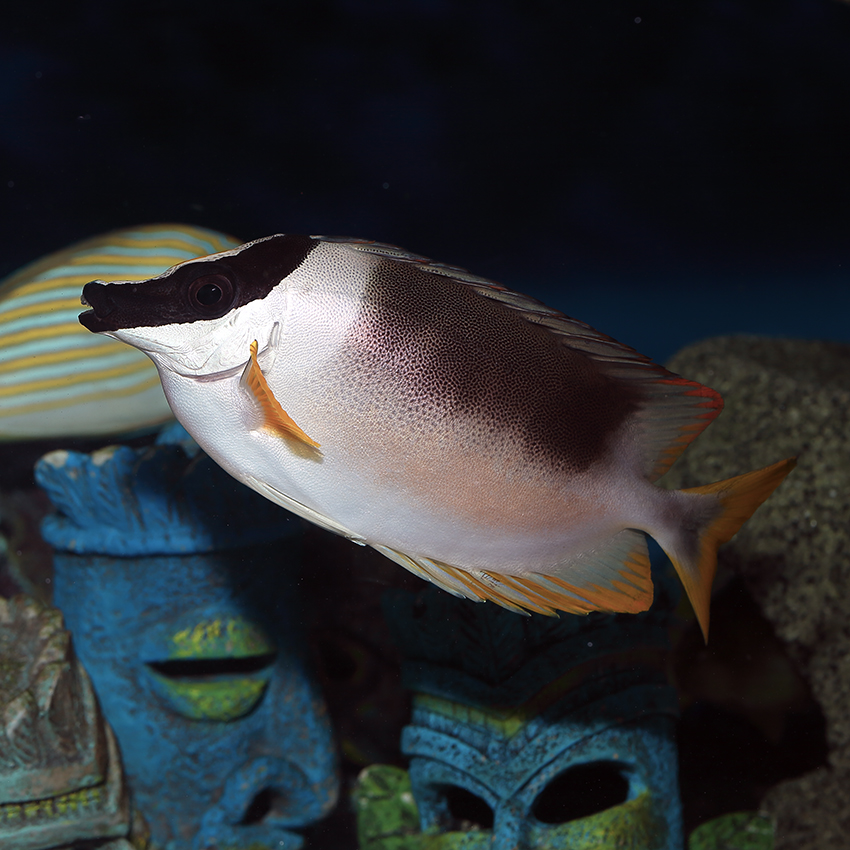
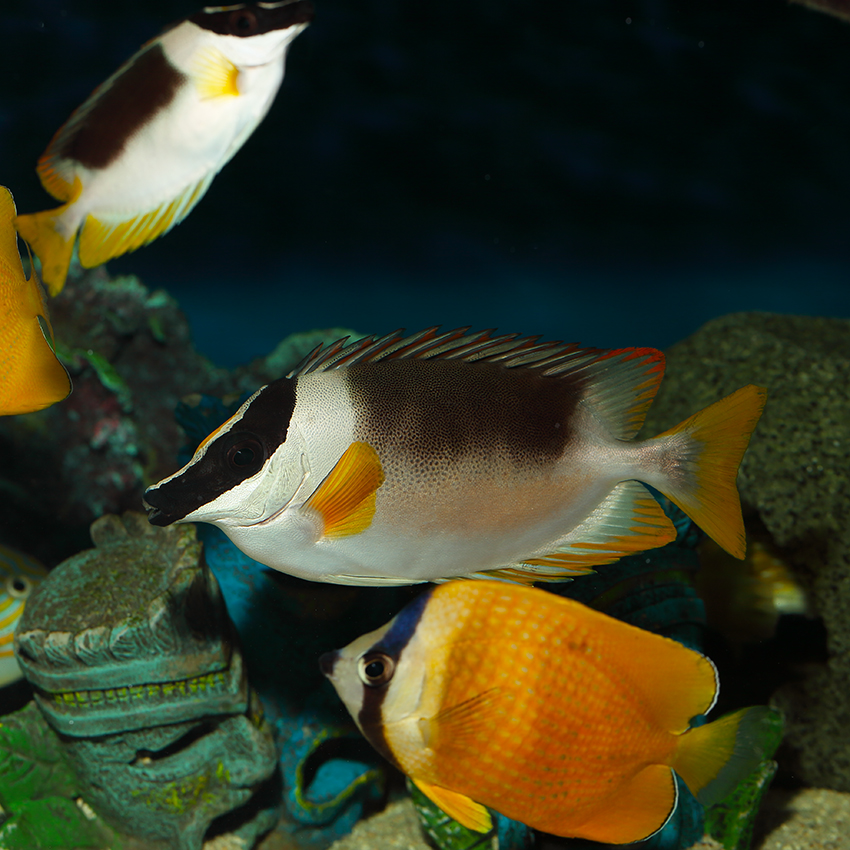

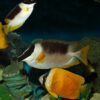
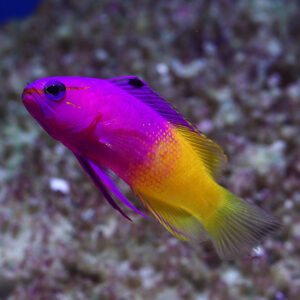
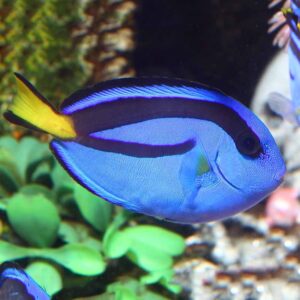
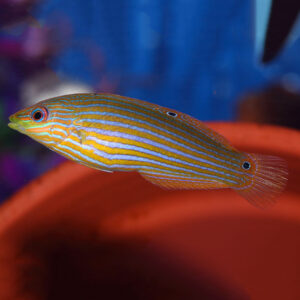
Reviews
There are no reviews yet.